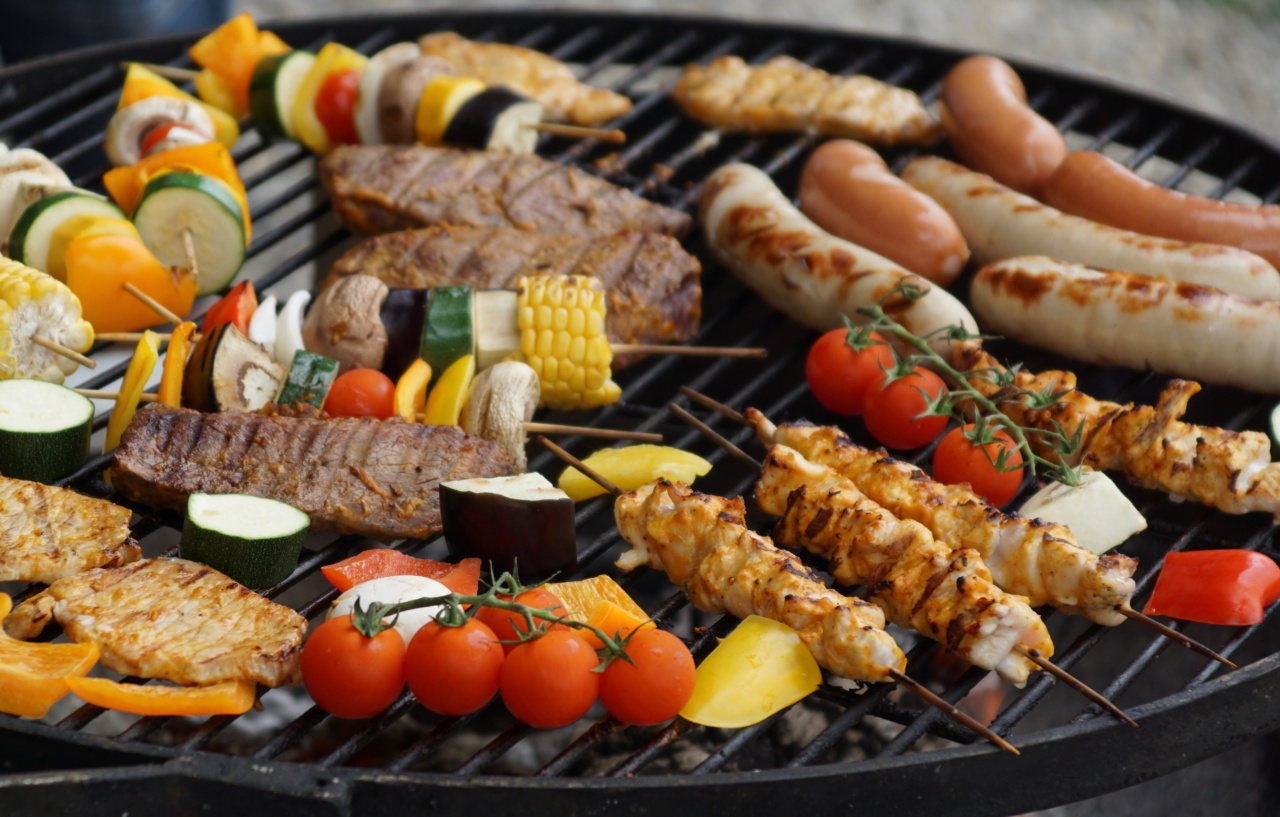Chicken is a popular and versatile protein that can be enjoyed in countless dishes. However, undercooked chicken can pose serious health risks, including the potential for foodborne illnesses such as salmonella or campylobacter.
To ensure that your chicken is fully cooked and safe to consume, it is essential to use proper cooking techniques and rely on reliable methods of assessment. In this article, we will explore two techniques that can help you determine if your chicken is fully cooked.
The importance of properly cooked chicken
Before diving into the techniques, it is essential to understand why cooking chicken thoroughly is crucial. Raw chicken often harbors harmful bacteria such as salmonella and campylobacter.
These pathogens can cause food poisoning when consumed, leading to symptoms like nausea, vomiting, diarrhea, and even hospitalization.
Cooking chicken properly helps eliminate these harmful bacteria, ensuring that the meat is safe to eat. It also enhances the flavor and texture of the chicken, making it more enjoyable to consume.
By following proper cooking techniques and using reliable assessment methods, you can reduce the risk of foodborne illnesses and savor the flavors of perfectly cooked chicken.
Technique 1: Checking the internal temperature
One of the most reliable ways to determine if your chicken is fully cooked is by checking its internal temperature.
The United States Department of Agriculture (USDA) recommends cooking chicken to an internal temperature of 165°F (74°C) to ensure that any harmful bacteria are killed.
To measure the internal temperature, you will need a meat thermometer. Follow these steps:.
- Insert the thermometer into the thickest part of the chicken, avoiding contact with bones.
- Wait for the temperature reading to stabilize. This may take a few seconds.
- If the thermometer shows a temperature of 165°F (74°C) or higher, your chicken is fully cooked and safe to eat. If not, continue cooking until it reaches the recommended temperature.
By using a meat thermometer, you can accurately determine if your chicken is fully cooked. Remember to clean the thermometer with hot, soapy water after each use to ensure food safety.
Technique 2: Checking the color and juice
Although using a meat thermometer is the most reliable technique, you can also assess the doneness of chicken by examining its color and the juices that run out when pierced.
When chicken is fully cooked, it should no longer be pink in the center. Instead, it should have an even white or pale yellow color throughout. The juices that run out of the chicken should be clear, with no traces of pink or red.
If the chicken appears pink or the juices are still slightly colored, it indicates that the meat is undercooked and needs further cooking.
However, it is worth noting that relying solely on color and juices may not always provide an accurate assessment of chicken doneness. Some cooking methods and ingredients can affect the color of the meat and juices, leading to inconsistencies.
Therefore, it is advisable to combine this technique with the use of a meat thermometer for the most accurate results.
Tips for safely handling and cooking chicken
In addition to using the techniques mentioned above, it is essential to follow certain precautions when handling and cooking chicken to ensure food safety. Here are some useful tips:.
1. Store chicken properly:
Keep raw chicken in the refrigerator at a temperature below 40°F (4°C) to prevent bacterial growth. Store it in sealed containers or bags to avoid cross-contamination with other foods.
2. Thaw chicken safely:
If using frozen chicken, thaw it in the refrigerator or under cold running water. Avoid thawing chicken on the countertop as it increases the risk of bacterial growth.
3. Wash hands and surfaces:
Wash your hands thoroughly with soap and water before and after handling raw chicken. Additionally, clean all utensils, cutting boards, and countertops that come into contact with raw chicken to prevent the spread of bacteria.
4. Avoid cross-contamination:
Keep raw chicken separate from other foods, especially ready-to-eat items like fruits and vegetables. Use separate cutting boards and utensils for raw chicken to minimize the risk of cross-contamination.
5. Cook chicken promptly:
Avoid leaving chicken at room temperature for an extended period, as it allows bacteria to multiply. Cook chicken promptly after preparation to ensure food safety.
6. Learn proper cooking times:
Familiarize yourself with the recommended cooking times for different chicken cuts and cooking methods. This knowledge will help you determine the appropriate cooking duration, along with using a meat thermometer.
7. Rest chicken after cooking:
Allow cooked chicken to rest for a few minutes before slicing or serving. This helps distribute the juices evenly and enhances the tenderness of the meat.
Conclusion
Properly cooked chicken is essential for both taste and food safety.
By following the two techniques mentioned in this article – checking the internal temperature with a meat thermometer and assessing the color and juices – you can ensure that your chicken is fully cooked and safe to eat. However, remember to follow general precautions and safe handling practices when dealing with raw chicken to minimize the risk of foodborne illnesses.





























